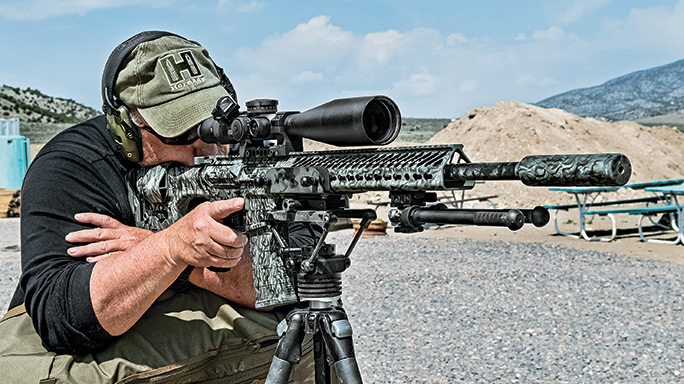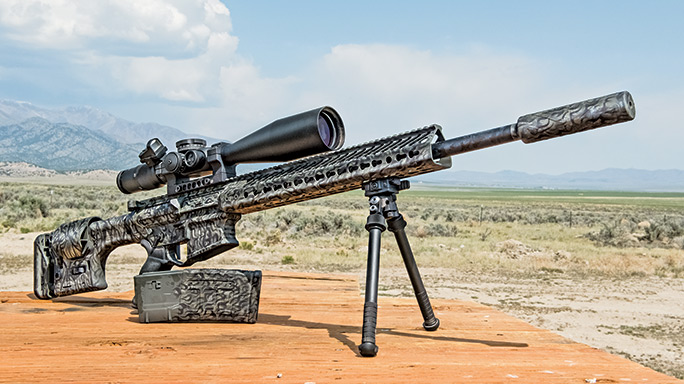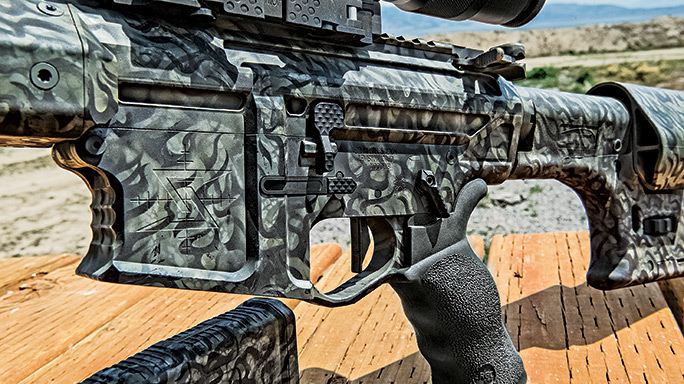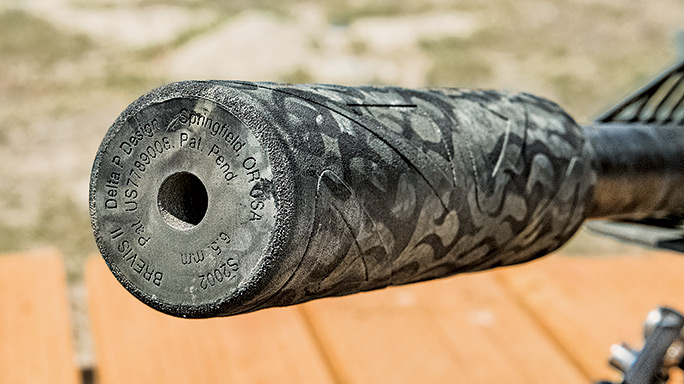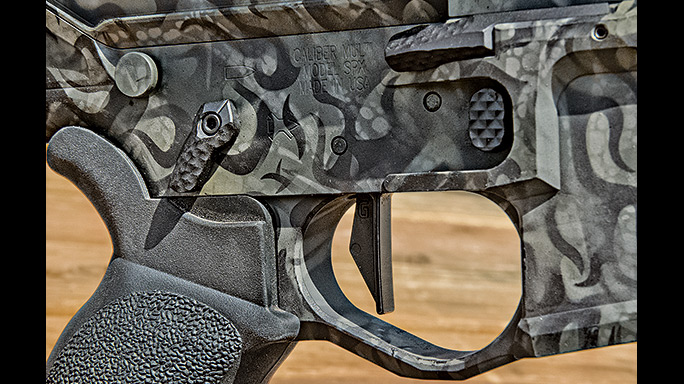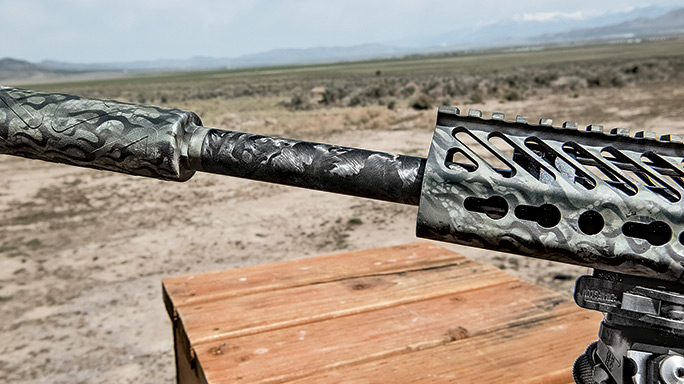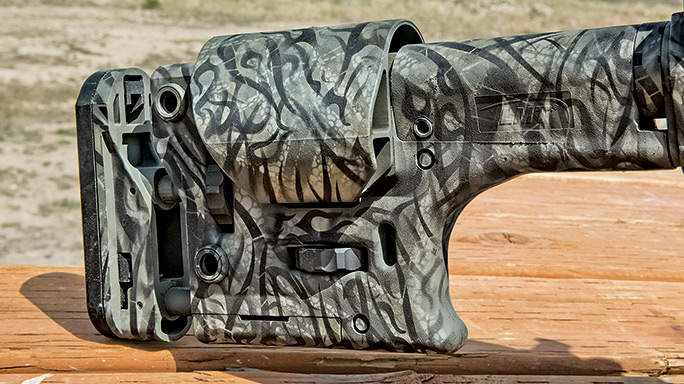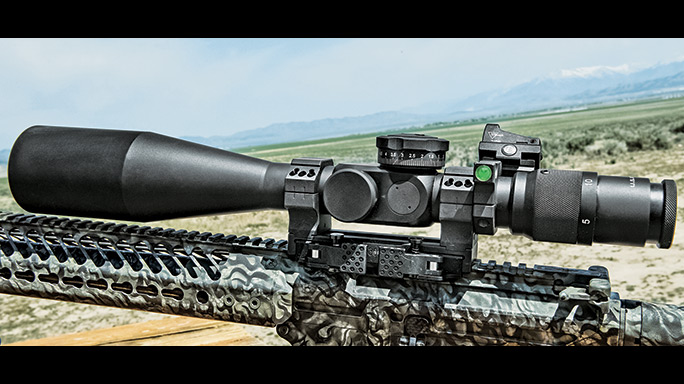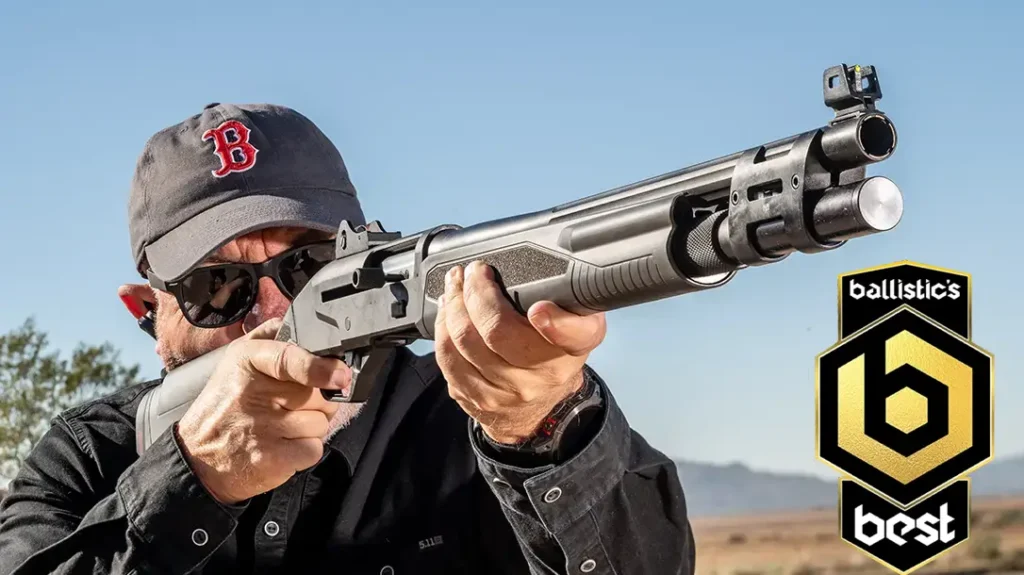My involvement in precision rifle competitions began some 15 years ago, while I was still operating as a police marksman.
I even attended several matches restricted to law enforcement officers, where I was pretty successful. Competition makes you think and gets you out of the “must shoot from prone” sniping mindset. While some of the stages were questionably realistic, they all built skills and pushed each and every shooter, prompting me to run two matches of my own. Open to all, both were well attended. But, sadly, competing just took too much time considering my duties with my police department. Well, the itch to get back into the game never left me, and it looks like I’ll finally get to scratch it this year.
Competitions restricted to LEOs differ significantly from open tournaments. Officers are often limited to issued rifles and ammunition, generally .308 Winchester/7.62mm NATO rounds. Many of these competitions also try to make them relevant to actual engagements. So, returning to this sport required a new mindset. Losing is not in my character, and I wanted to stay focused on practical application. For me, this meant having a reliable semi-automatic rifle.
Advertisement — Continue Reading Below
Sure, bolt actions are great—I still enjoy shooting mine. Whenever a bolt gun is the best choice for a given competition, I use my Desert Tech rifle. But, in my experience, semi-autos are the future, even in the LE world. I test ARs more frequently, and it’s a lot easier to build these types of rifles in-house. Properly tuned, an AR can be astoundingly accurate, reliable and easy to operate. No platform today offers more options.
Top-Grade Parts
As with any rifle, the barrel is the heart of the system. Previous tests using one of Proof Research’s carbon-fiber-wrapped 6.5 Creedmoor barrels on a bolt-action gave excellent results. So, I ordered an AR version along with a JP Enterprises bolt, which I coupled with a Primary Weapons Systems (PWS) bolt carrier. This bolt carrier helps cut weight without losing an ounce of strength. It also is designed to prevent carrier tilt, a real issue on .308/7.62mm-based ARs. For the gas system, I chose an SLR Rifleworks adjustable gas block and rifle-length gas tube.
Advertisement — Continue Reading Below
I added these to a .308 upper and lower receiver set from Seekins Precision. In my opinion, short of a monolithic design, Seekins’ uppers provide the best barrel support I’ve seen to date. The SP3RV3 KeyMod handguard is solidly attached to the billet-machined upper receiver, not the barrel nut. It is flat on the bottom, making it well suited to barricades and obstacles.
The matching lower receiver has completely ambidextrous controls and is lightweight by comparison. I installed a new DMR stock from Lewis Machine & Tool (LMT), which I had tested previously and found perfect for this project. It slides over mil-spec carbine tubes—like that on the Seekins lower—and utilizes thumbwheels for adjusting the length of pull and cheek height. I paired this stock with a hydraulic buffer and top-notch spring from Sprinco. This system, coupled with the adjustable gas block, allowed for some truly precise tuning on the range.
Capping off the barrel is Delta P Design’s Brevis II Ultra 6.5mm rifle suppressor. Made of titanium (w/an inconel blast surface), this suppressor weighs 7 ounces and adds less than 5 inches to your rifle’s overall length. While it may look more like a rimfire suppressor, its sound suppression is impressive. At this point I had Red Creek Tactical finish the entire rifle, including the mag and suppressor, in a custom camo Cerakote.
Advertisement — Continue Reading Below
When it came to a scope, I needed to match the Horus H58 reticle used on my .223 Wylde practice rifle. Extensive training of late has proven the value of Horus reticles, not only for competition but also in practical applications. I contacted U.S. Optics and obtained an ER-25 5-25X scope using a Horus H59 reticle mounted in a 30-MOA UMQDS 34mm mount. Rock solid, this quick-release mount supplies an almost absolute return to zero. The mount was also equipped with a JEC customs TLD mount with a level and rail for mounting my Trijicon RMR.
Out To 800 Yards
I wanted to use factory ammunition for this gun. Handloads are great, but time is a factor here, and factory ammo’s availability may be the strongest selling point of the 6.5 Creedmoor. Several solid factory match loads exist, and I’ve tested many of them with this custom build. The best results came from Hornady’s 140-grain A-MAX load. With other rifles, 1-MOA groups were the norm, and this rifle easily produced half-inch groups with this load. My best group during initial testing only measured 0.35 inches. This is incredible accuracy at 100 yards, and testing over two or three different lots yielded little perceivable difference. It is just flat-out accurate, incredibly consistent, and even with the 20-inch barrel, velocity was right around 2,750 fps. Best of all, this load is widely available most anywhere rifle ammunition can be purchased, even big box stores.
Advertisement — Continue Reading Below
With the SLR Rifleworks gas block installed, it was easy to tune this rifle for proper operation. It is easy to use and provides for a more consistent metering. Once dialed in, the rifle deposited brass in a neat little pile right at 4:30 or so.
Given the Brevis II’s size, its performance is astounding. Installed on this rifle, it was even comfortable to shoot outdoors without hearing protection. It also helped reduce recoil like a suppressor twice its size. With it installed, the rifle’s accuracy was unaffected, and the backpressure was minimal. All together, the rifle balanced well, and the Brevis II was a perfect partner with the lightweight Proof Research barrel.
This custom build’s long-range accuracy has been impressive. During testing at Follow Through Consulting’s range in Teasdale, Utah, shooting the rifle was essentially a point-and-shoot affair out to 500 meters. My targets were generally 10 inches in diameter, with the occasional larger steel plate. Taking the rifle out to 800 meters, it took me three rounds to get on target from a cold bore. Once trued, the rifle was able to hold 1 MOA or less consistently out to 800-plus meters from prone. I even shot it side-by-side with one of my bolt-action rifles, and the semi-auto AR held its own. It’s a pure joy to shoot.
Advertisement — Continue Reading Below
Range testing from barricades, some railroad ties and other conventional positions proved that the gun was accurate, well balanced and easy to shoot. Using my Alamo Four Star cradle and a tripod, it was possible to get consistent hits at 500 meters on a 6-inch steel target. The U.S. Optics scope performed flawlessly, and the H59 reticle is well-suited for tactical missions as well as competitions. The scope’s glass is crystal clear and easy to use, with tons of elevation.
Ready To Win
All that’s left is to get out on the field of competition, but this custom 6.5 Creedmoor is incredibly promising. It’s plenty accurate—it is just time for me to do my part. I’ve wanted to get back on the circuit for a few years, and this rifle looks like it will be well suited to the task. And no matter what, win or lose, shooting this rifle is about as much fun as you can have with a precision rifle.
Advertisement — Continue Reading Below
More Information
- Delta P Design: deltapdesign.com; 503-487-0007
- Proof Research: proofresearch.com; 406-756-9290
- Seekins Precision: seekinsprecision.com; 208-743-3400
- U.S. Optics: usoptics.com; 714-582-1956
